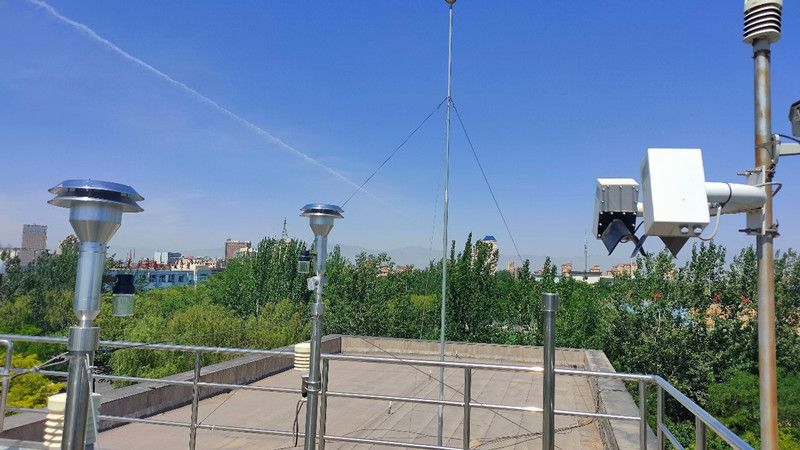During a two-year installation process, China's environmental air quality monitoring network substantially added observation stations. When the project started in 2013, more than 300 ground stations existed. By 2015, the number of stations grew to more than 1000 stations. Scientists placed these stations in densely populated core urban areas as well as suburbs with relatively low population density. Because of the swift activation of more than triple the number of original stations, uncertainty exists regarding the much larger network’s ability to assess air quality compared to previous data.
LUO Hongyan and Associate Professor TANG Xiao from the Institute of Atmospheric Physics at the Chinese Academy of Sciences analyzed the air quality assessment impact of increasing the number of monitoring stations. Their study, recently published in
Advances in Atmospheric Sciences, provides a focus on both the national and regional level between 2013 and 2018.
LUO and TANG evaluated the change of PM2.5 and O3 concentrations from 2013 to 2018 by comparing data from the number of stations available in each year as the network expanded. By collecting data this way, they were able to analyze the year-to-year impact of the change in the number of stations during and after the installation period compared to the original, smaller network.
"Our results show that the change in number of monitoring stations has a relatively small impact on assessing the national and regional PM2.5 concentration." said Dr. LUO. "…but the change has a relatively large impact on assessing O3 concentration, which affects long-term O3 trend evaluation."
Furthermore, the research team noted significant seasonal variation during and after increasing the number of stations regarding assessing O3 concentration. The study suggests that this may be related to the different O3 sensitivity in the precursor signals in both winter and summer.
An air quality monitoring station in Guangdong province, China. (Image by SHEN Jin)
LUO and TANG emphasize that the study uses only the daily peak O3 value (O3_Max) for O3 concentration assessment, which is different from existing national assessment methods.
"Overall, our results suggest that the change in the number of monitoring sites is an important uncertainty factor in national and regional air quality assessments." said LUO. "Future studies need to consider this aspect of long-term air quality trends and their driving forces."
Citation: Luo, H. Y., and Coauthors, 2022: The impact of the numbers of monitoring stations on the national and regional air quality assessment in China during 2013–18. Adv. Atmos. Sci., https://doi.org/10.1007/s00376-022-1346-5.
Media contact: Ms. LIN Zheng, jennylin@mail.iap.ac.cn

